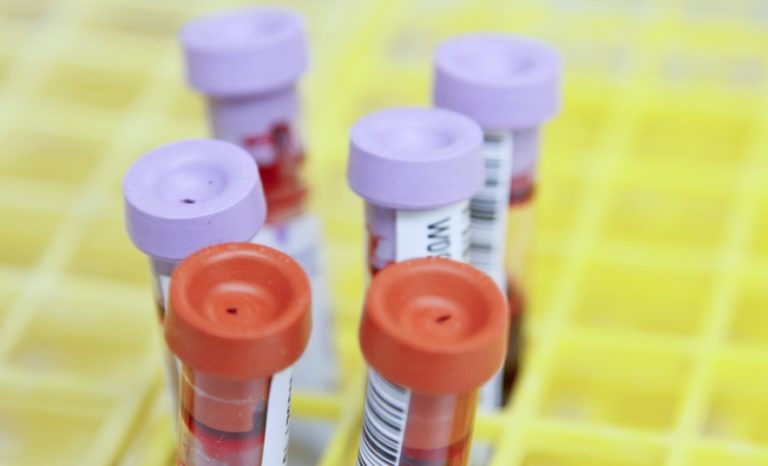Jul 20, 2021: Novartis and the Novartis US Foundation announced a planned 10-year collaboration with Coursera, the National Medical Association, Thurgood Marshall College Fund, Morehouse School of Medicine and 26 additional Historically Black Colleges, Universities and Medical Schools (HBCUs) to co-create programs that address the root causes of systemic disparities in health outcomes and create greater diversity, equity and inclusion across the research and development ecosystem.
Leaders from these companies, organizations, and learning institutions have signed a pledge to co-develop programs focused on building trust in the health care system with communities of color and making measurable progress towards health equity.
Working together with the communities they aim to impact, the collaboration will focus on improving access to high-quality education, technology, improved health outcomes, and promising jobs; increasing clinical trial and clinical trial investigator diversity; addressing inherent bias in the data standards used to diagnose and treat disease; and finding actionable solutions to environmental and climate issues that disproportionately affect health among communities of color.
“At Novartis, we envision a world with equity in health for all. Just as there are a multitude of factors and causes behind racial disparities in health and education, there is no single solution to this critical challenge.
It will take the concerted, urgent action of diverse stakeholders across the public and private sectors,” said Vas Narasimhan, MD, CEO of Novartis.
“We are honored and humbled to work together with these organizations to build enduring solutions to some of the most pressing, deeply rooted, and historic challenges in the United States, and we invite other like-minded companies and organizations to join us in creating this paradigm shift in health equity.”
Over an initial period of ten years, the collaboration will focus on four key areas:
- Enable the next generation of Black and African American leaders by creating equitable access to high quality education and professional development for future leaders, in health science, technology and business-related fields.
- Support the establishment of Digitally Enabled Clinical Trial Centers of Excellence, managed and led by clinical researchers of color, to build trust, increase diversity and inclusivity in clinical trials, and contribute to improved health outcomes for people of color.
- Research and validate existing data standards that drive diagnosis, clinical trial endpoints and population health policy to identify areas for increased inclusivity and ensure accurate data collection and unbiased treatment decisions.
- Establish Digitally Enabled Research Centers on the impact of the environment and climate change on health to identify solutions to environmental and climate issues that disproportionately affect communities of color.
All parties will spend the next six months co-creating programs with the communities, including establishing the first clinical trial, data standards, and environment, climate and health research centers at Morehouse School of Medicine. Each organization will bring its own expertise and resources to design and implement enduring solutions in these areas.
“Health equity is not only accessible healthcare for patients, but developing educational and professional opportunities to create a diverse pipeline of educators, clinicians and other professionals, as well as ensuring all are included in clinical studies,” said Valerie Montgomery Rice, MD, President and CEO, Morehouse School of Medicine.
“This is a first of its kind collaboration and Morehouse School of Medicine is excited to work with Novartis and this coalition of medical schools, colleges, universities and other leading companies and organizations to create centers of excellence for clinical trials, data standards research, and environment and health research.
We know that real change starts here, when work is done to make a significant impact on representation and inclusion.”
Health disparities affecting minority groups are endemic in the US, most recently demonstrated during the COVID-19 pandemic by the disproportionate rates of hospitalization and death in minority groups.
Compared with non-Hispanic whites, the Black and African American community has a lower life expectancy, a higher mortality rate from cancer, a greater likelihood of diseases such as asthma, and significantly increased rates of maternal and infant mortality.
Some of these health disparities are further exacerbated by increased exposure to negative environmental factors such as air pollution, excessive heat, and poorer water quality in communities of color.
Health inequity extends to Black and African American underrepresentation across medical systems – not just among clinical trial participants but also among medical school students, physicians, and clinical trial investigators.
In 2019, Black and African Americans comprised 13.4% of the US population but only 6.2% of medical school graduates,5% of practicing physicians, and an even smaller proportion of clinical trial investigators.
“Black and African American people endured education and health disparities in the United States long before the COVID-19 pandemic.
Their exclusion from the research and development ecosystem has resulted in mistrust and a delayed uptake of life-saving innovative medicines and effective care models, further exacerbating racial disparities in care and outcomes,” said Patrice Matchaba, MD, President of the Novartis US Foundation.
“We are proud to come together to take our direction from Black and African American community members and other minority groups on programs that will help achieve sustained change.”
Enabling the next generation of Black and African American leaders
As an initial step, the Novartis US Foundation plans to invest $20 million in scholarships, mentorships and research grants over the next 10 years to help create equitable access to high quality education and professional development for HBCU students in health-related fields.
Administered by The Thurgood Marshall College Fund, the program will train and prepare up to 1,200 students:
- Scholarships: Three-year scholarships of $10,000 a year for up to 360 students at select Historically Black Colleges, Universities and Medical Schools
- Mentorships: Novartis employee volunteers will mentor up to 400 HBCU students, including the scholarship recipients, for a period of three years each, for a total of up to 1,200 students. Students also will receive career readiness and leadership development training
- Internships: HBCU undergraduate and medical school students will be encouraged and supported to apply for the Novartis annual internship program
- Research grants: Competitive faculty research grant program offering up to ten grants of $25,000 each year to HBCU faculty, focusing on actionable solutions to health equity issues
“We are pleased to work with Novartis to answer the calls for urgent action to address the role that systemic racism plays in health disparities among Black people,” said Harry L. Williams, EdD, President and CEO, Thurgood Marshall College Fund.
“This kind of investment in HBCUs is critical to ensuring that Black students have opportunities to pursue influential roles in health, science and technology by eliminating barriers and creating pathways through mentorship and training.”











